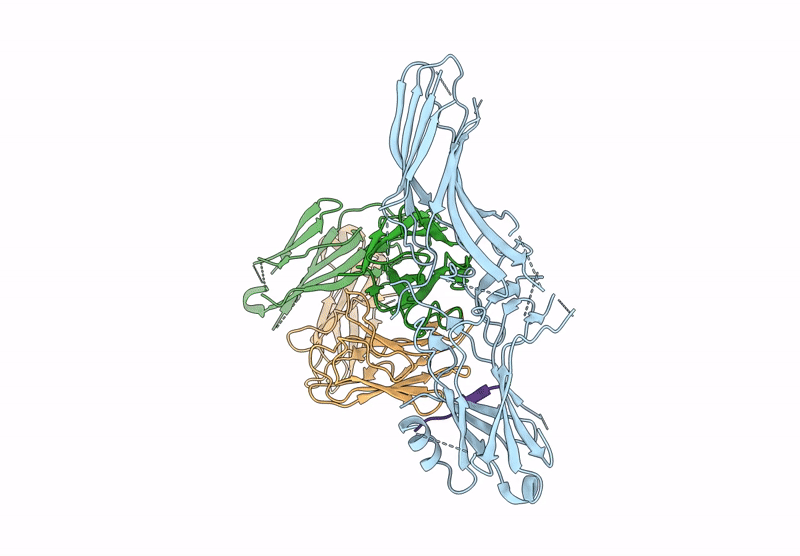
Deposition Date
2023-07-19
Release Date
2025-01-22
Last Version Date
2025-07-09
Entry Detail
PDB ID:
8TIN
Keywords:
Title:
Human ACKR3 phosphorylated by GRK2 in complex with Arrestin3 reconstructed without receptor/micelle
Biological Source:
Source Organism:
synthetic construct (Taxon ID: 32630)
Bos taurus (Taxon ID: 9913)
Homo sapiens (Taxon ID: 9606)
Bos taurus (Taxon ID: 9913)
Homo sapiens (Taxon ID: 9606)
Host Organism:
Method Details:
Experimental Method:
Resolution:
4.00 Å
Aggregation State:
PARTICLE
Reconstruction Method:
SINGLE PARTICLE


